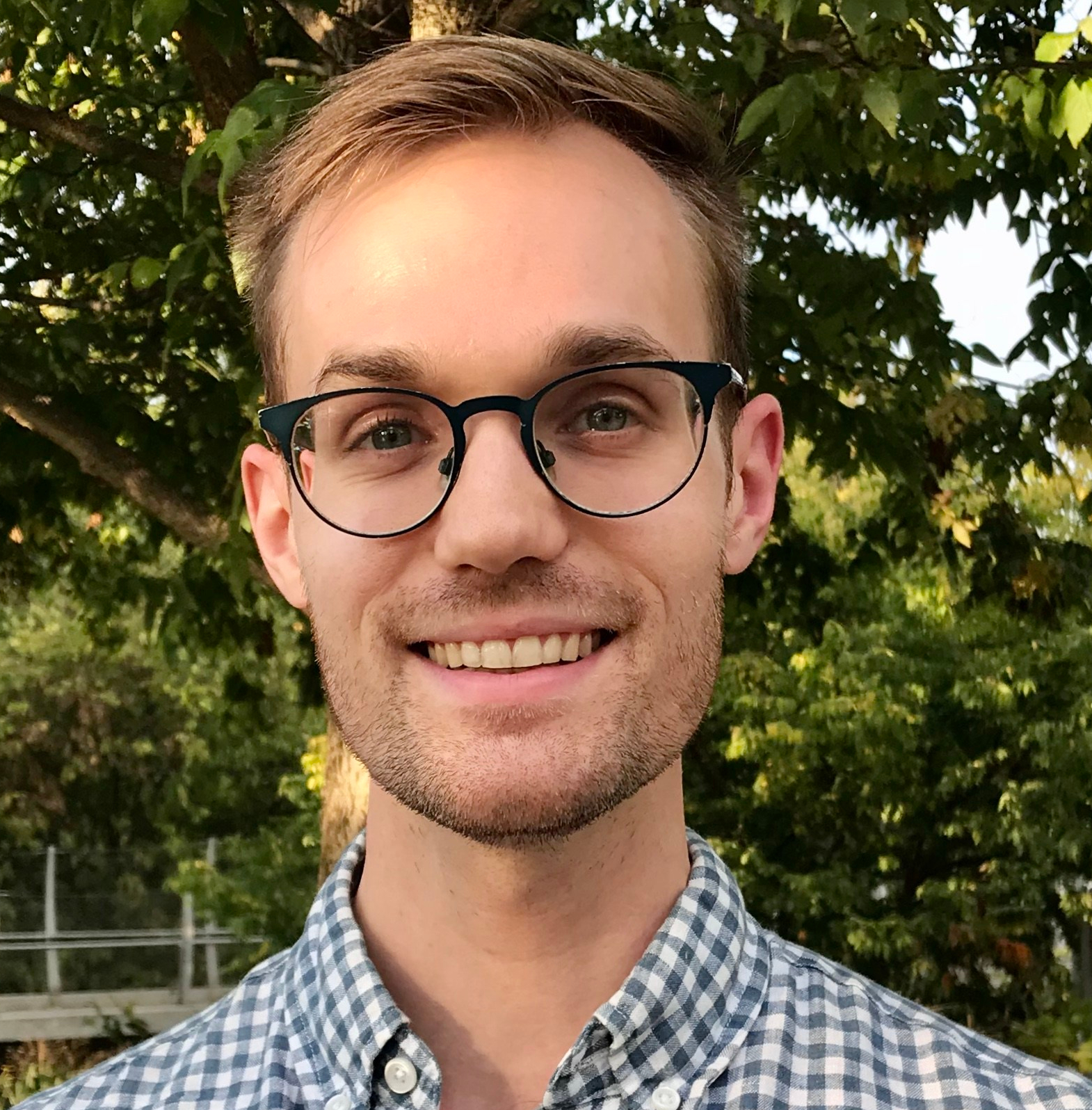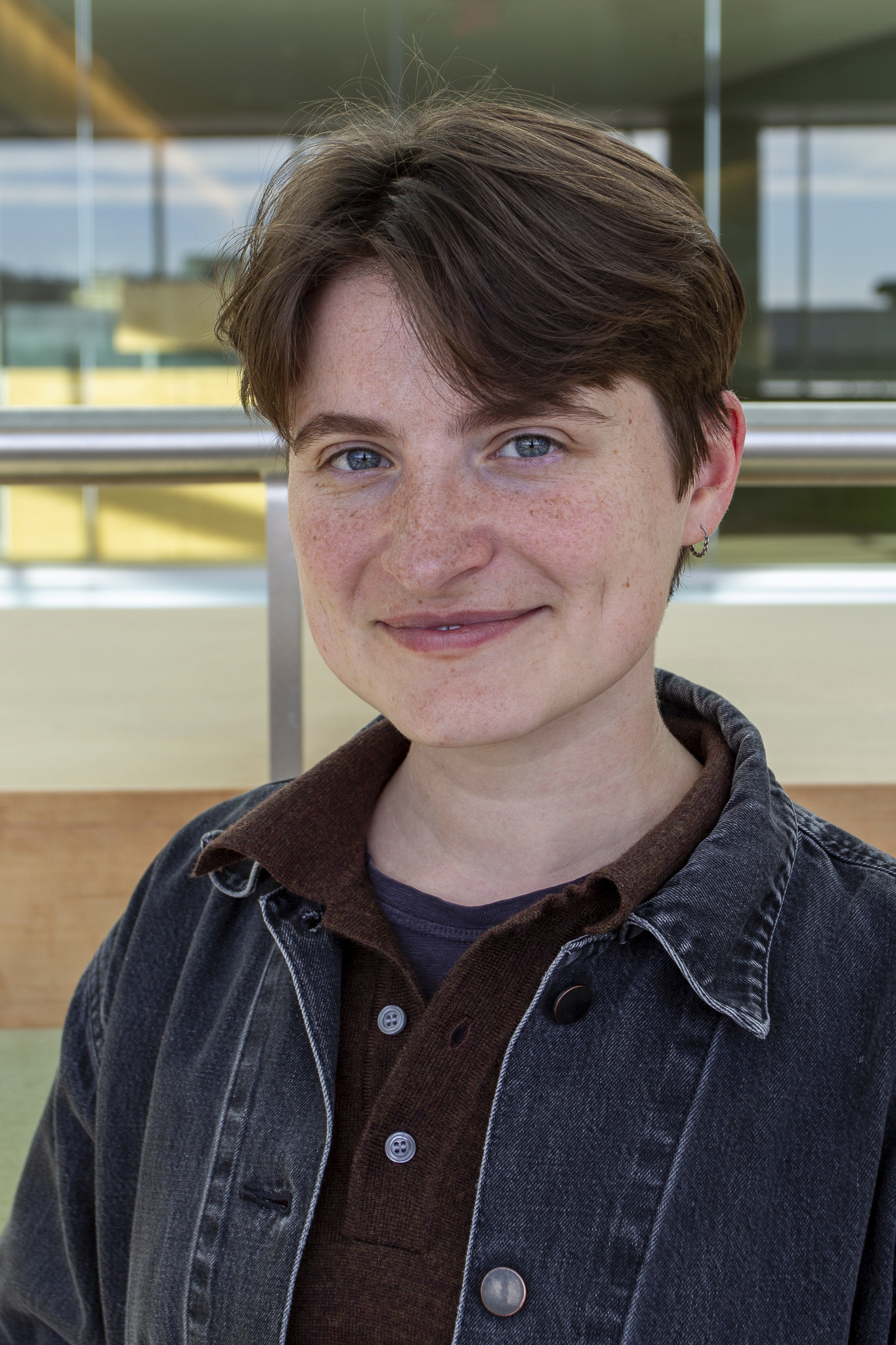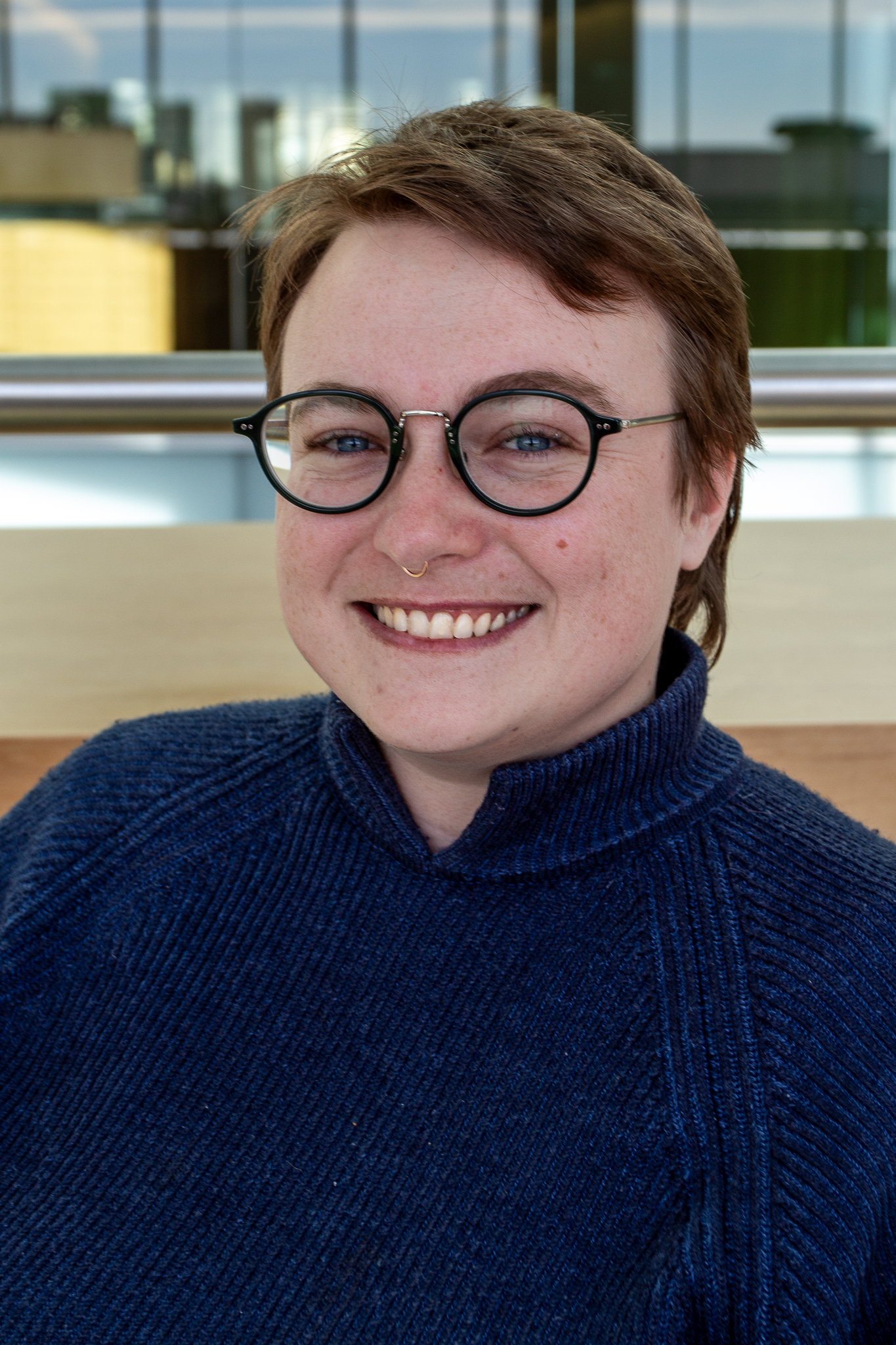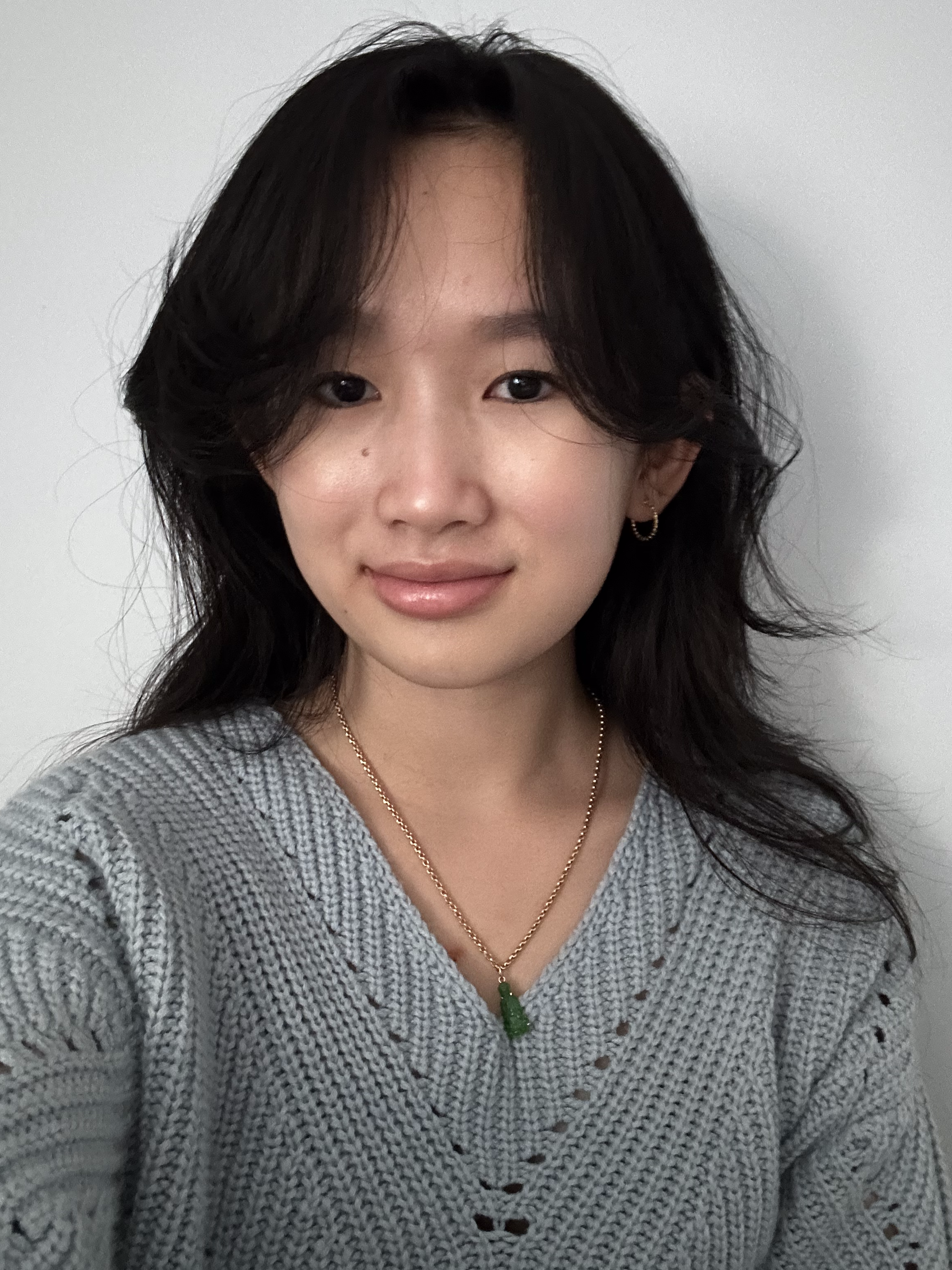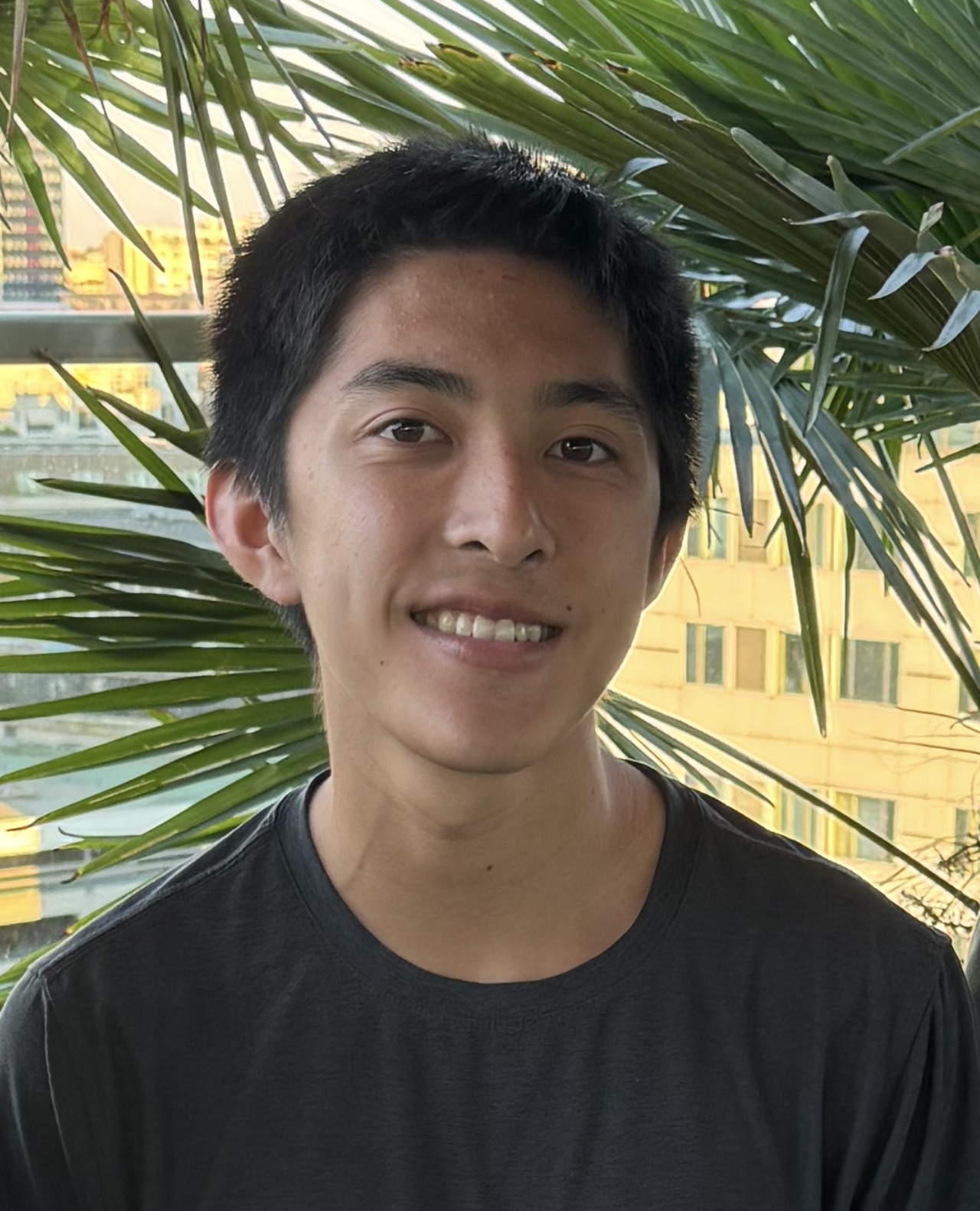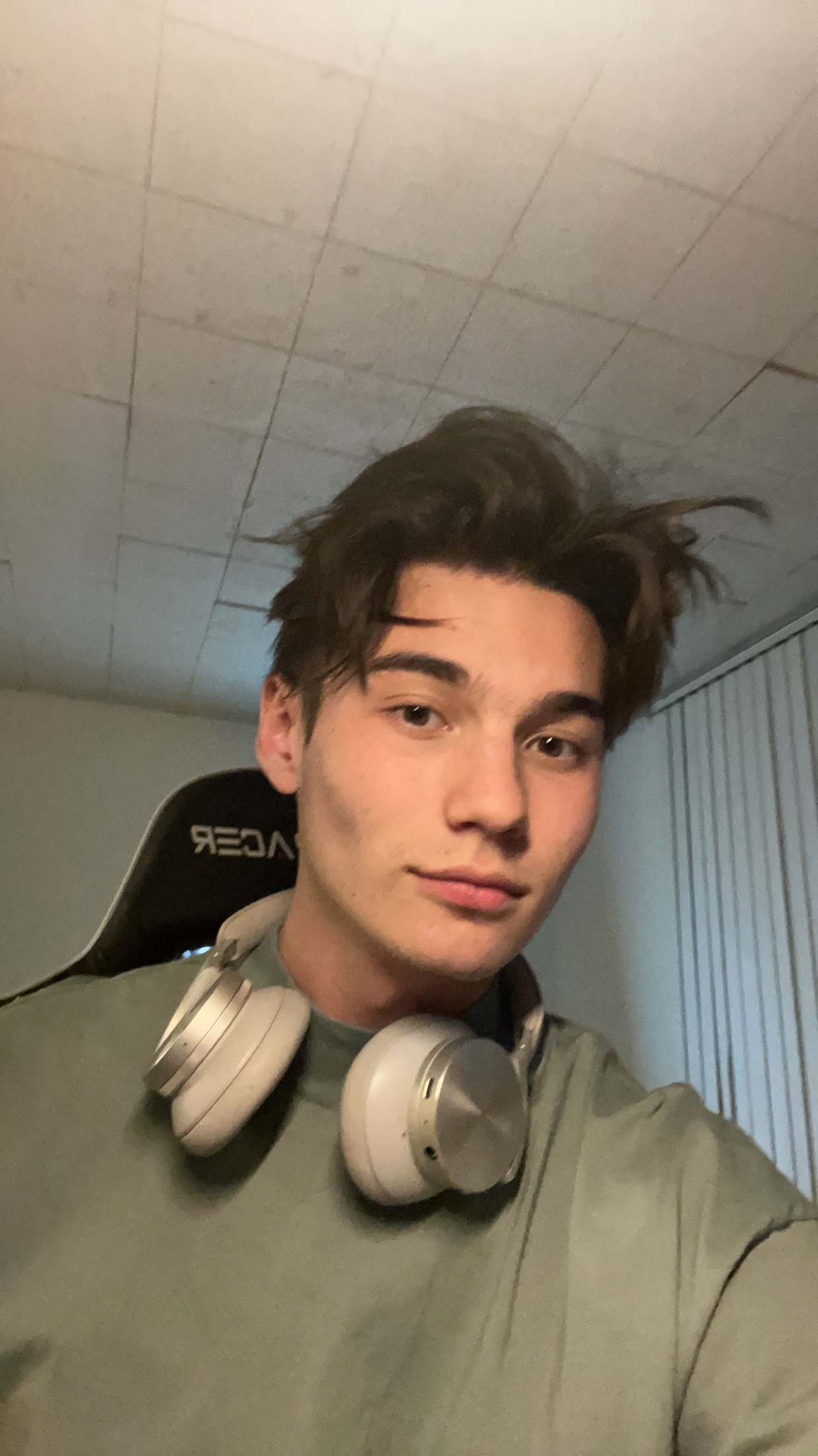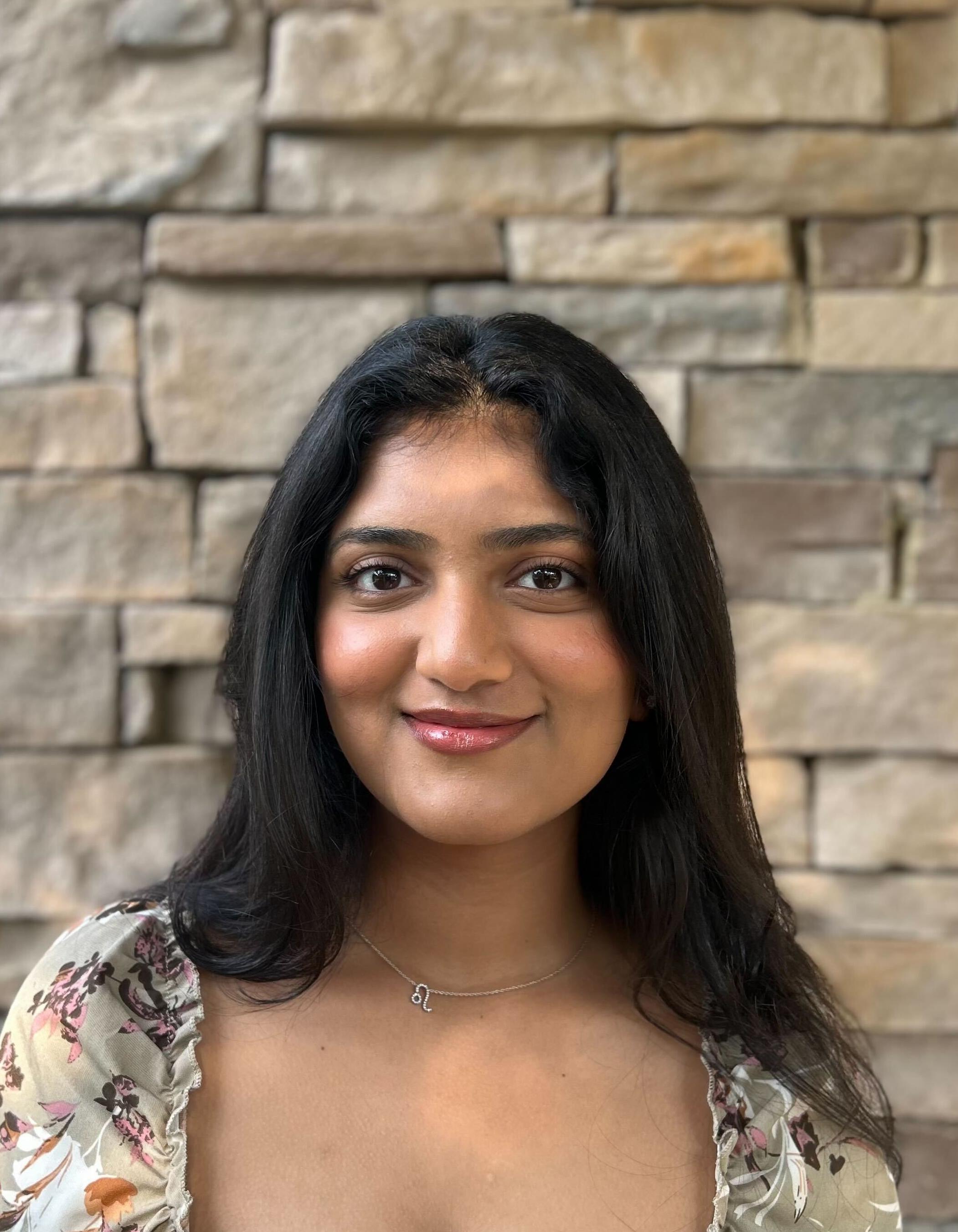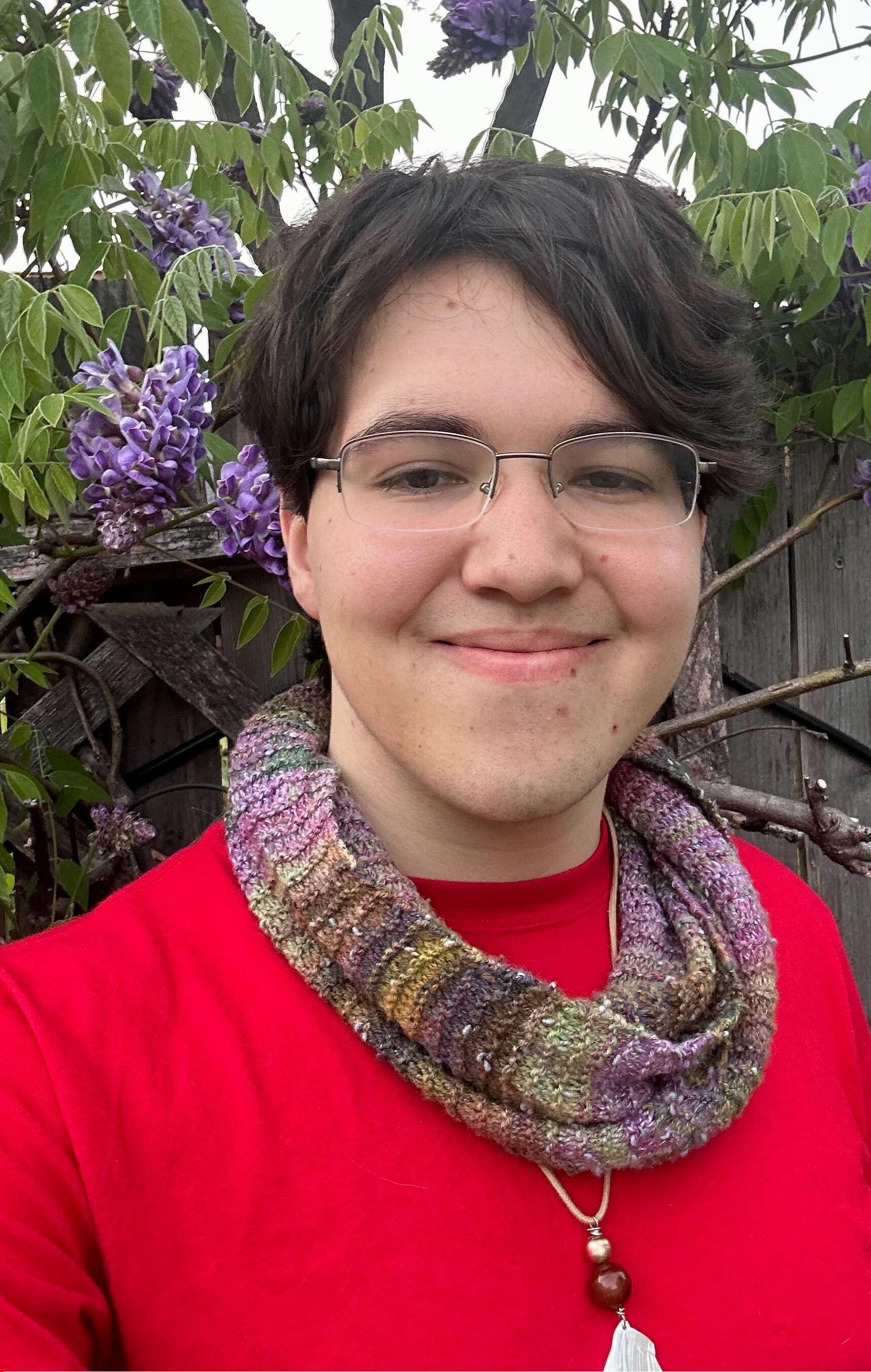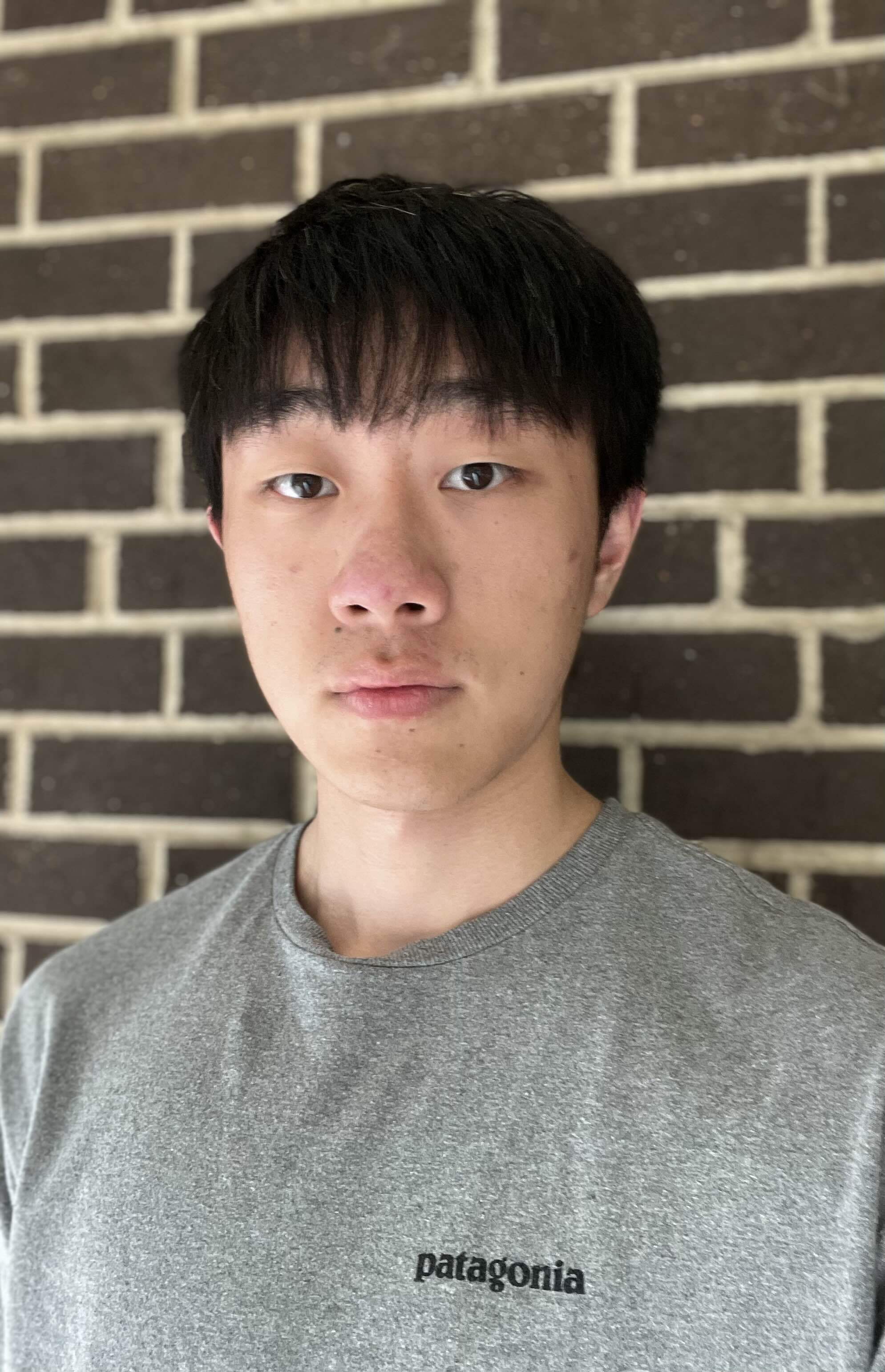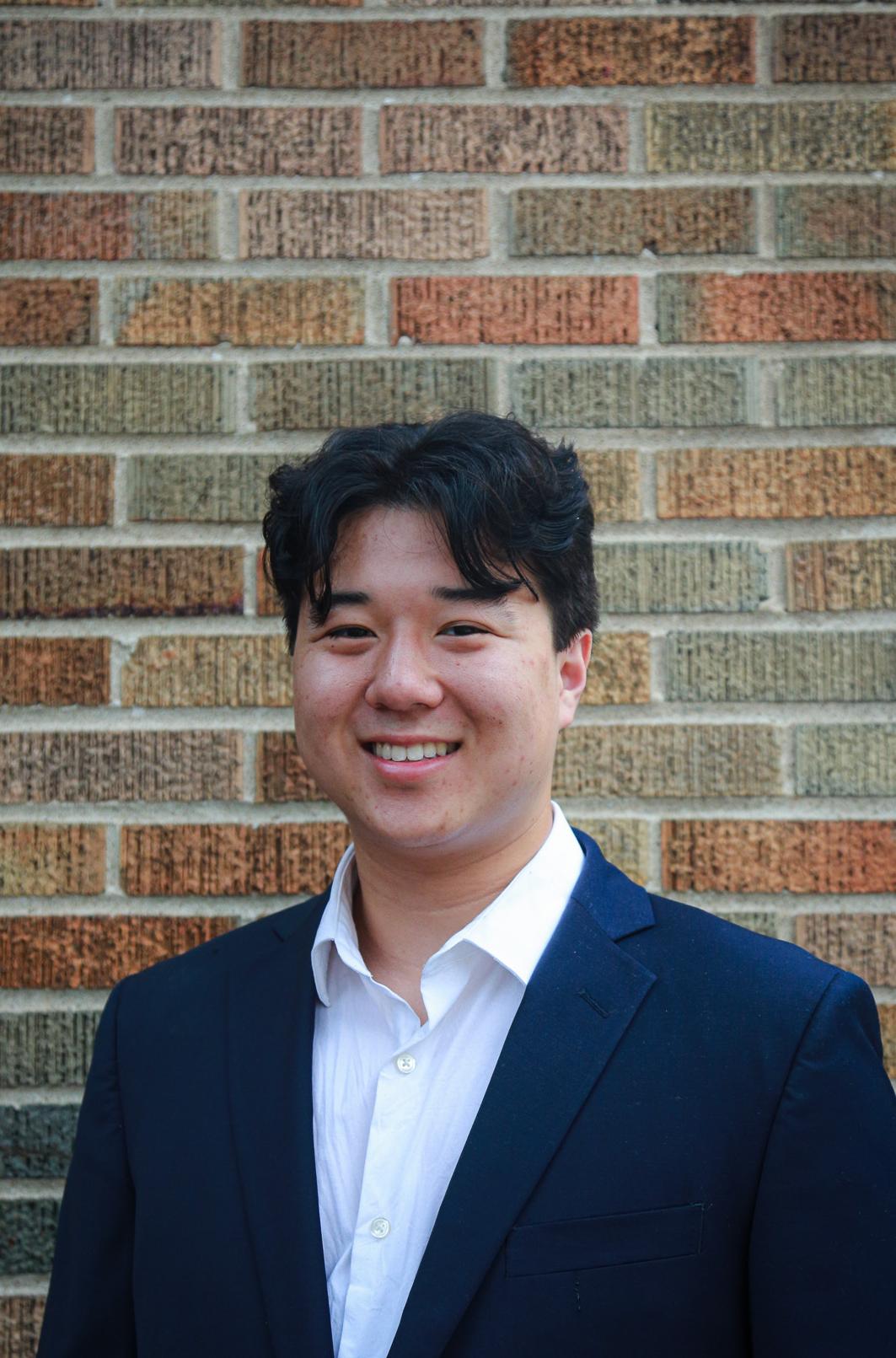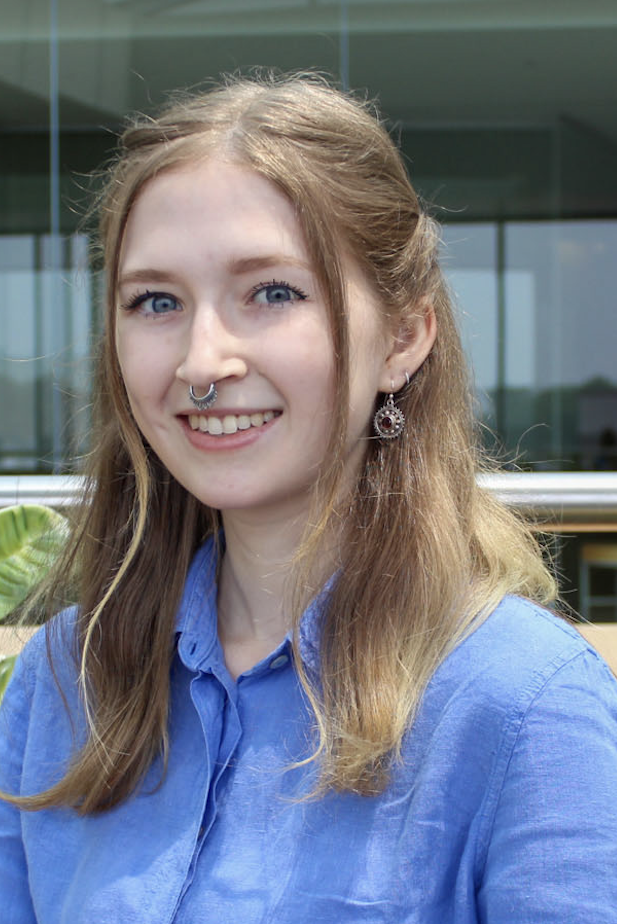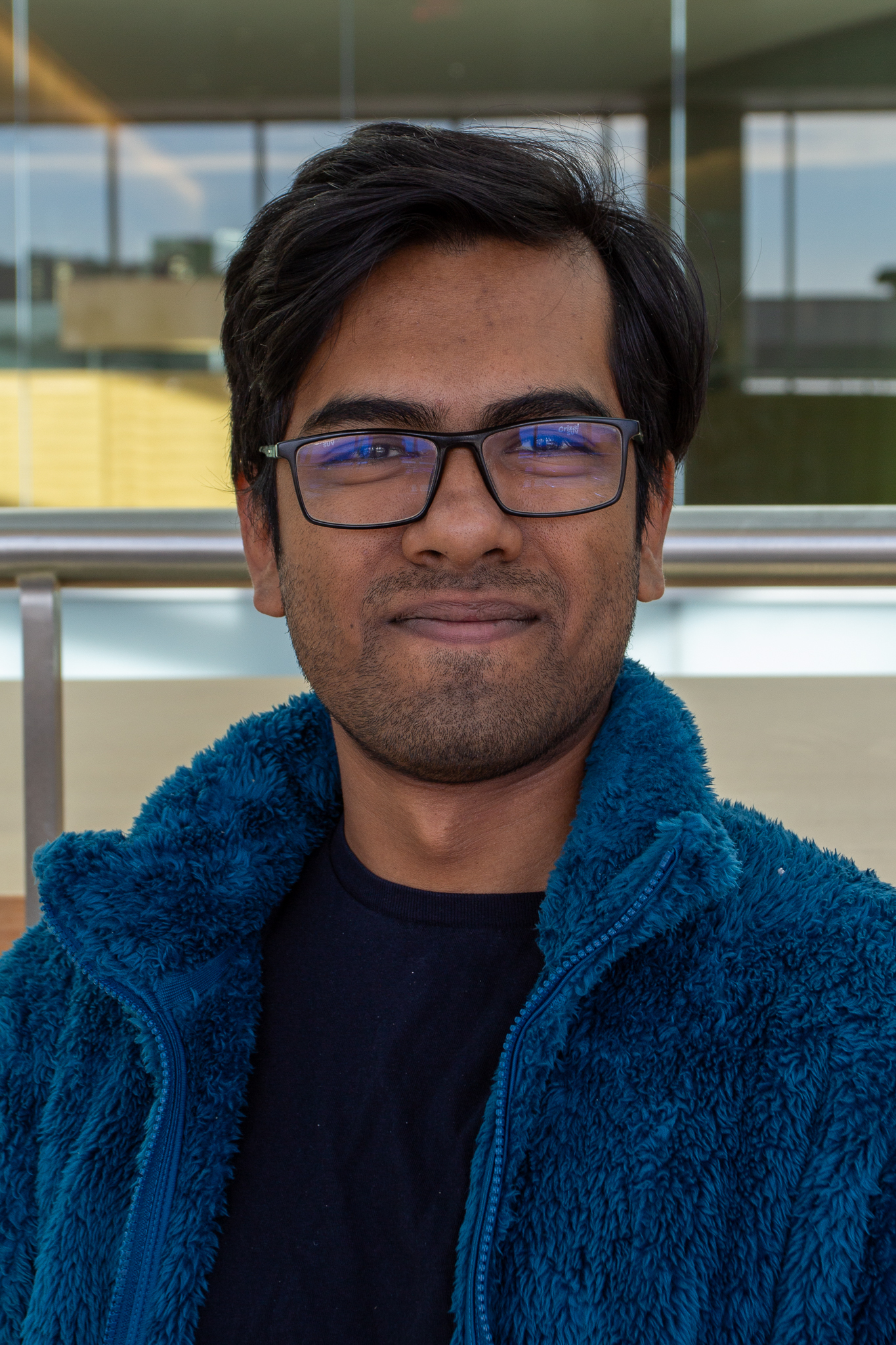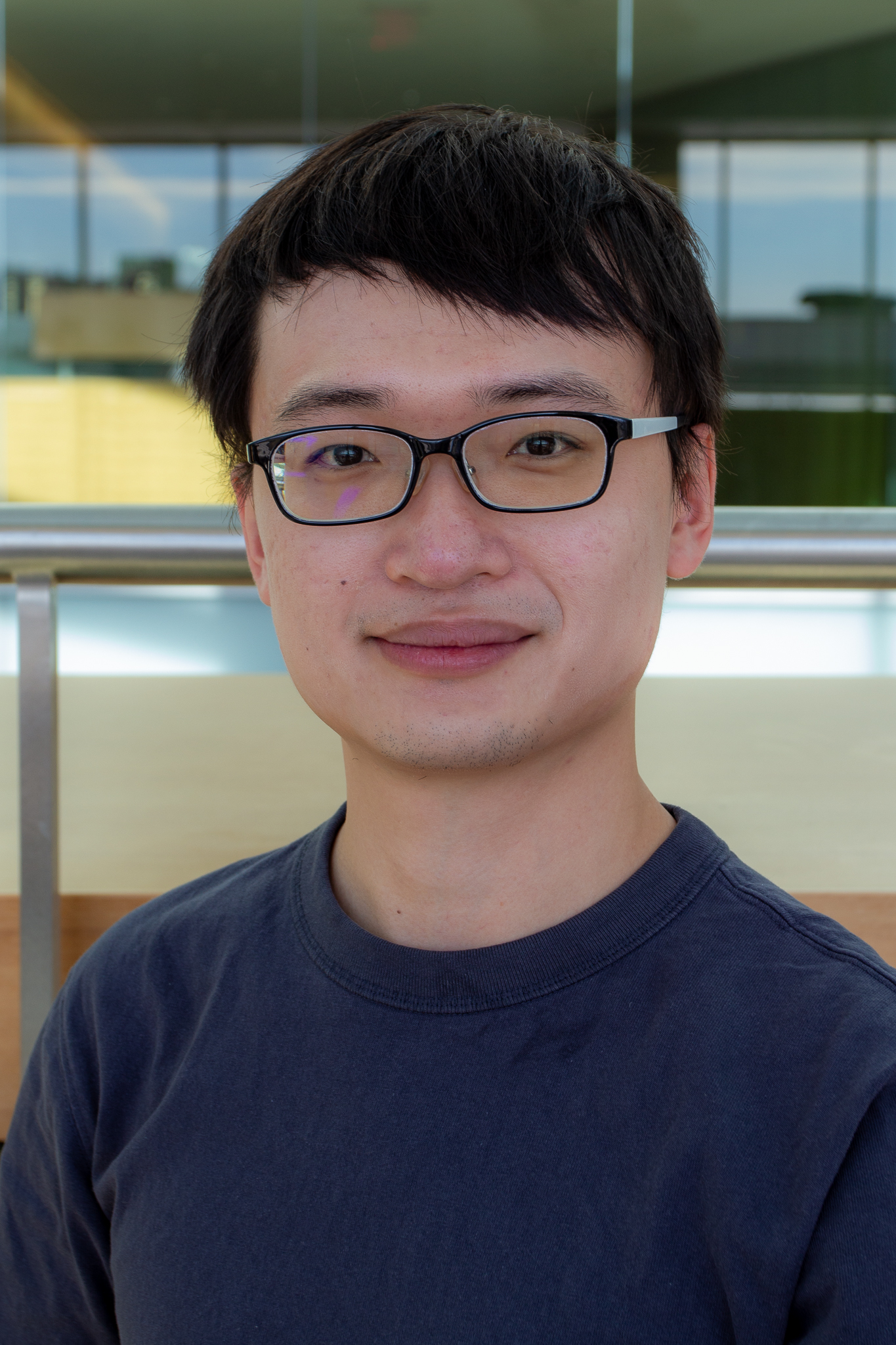
People
Members of the Social Interaction Lab.
Principal Investigator
-
Robert is interested in the cognitive mechanisms that allow people to flexibly communicate, collaborate, and coordinate with one another in social interactions. He received his PhD in Psychology from Stanford University in 2019 and was a C.V. Starr Fellow at the Princeton Neuroscience Institute prior to starting as an Assistant Professor of Linguistics at Stanford in 2024.
Post-Doctoral Scholar
-
Claire is a postdoctoral researcher in the lab. She researches how the constraints of communication shape the way people learn and use language. Some recent projects have focused on how children expand their repertoires of conversational moves, and how we use language to selectively remark on atypical things in the world. Her work uses naturalistic corpus studies, lab experiments, and computational modeling to characterize the development of communicative competence.
Lab Manager
-
As a recent graduate from UW-Madison (2024) with a background in physics, economics, and psychology, I’m really interested in how we think about other minds and pretty much everything that goes into this sort of reasoning. More recently, I’ve been interested in how we can model these sorts of things across development. Outside of the lab, I love being outdoors, reading, and spending time with friends. Feel free to connect via email or visit my personal website.
Graduate Students
-
Jess is interested in the way humans learn to communicate and interact with one another. They approach these questions using computational models, developmental experiments, and publicly available datasets. They are also affiliated with the Infant Learning Lab. They graduated from UC Berkeley in 2020 with a B.A. in Cognitive Science and were the the Lab Manager for the Language and Cognition Lab at Stanford University prior to starting graduate school.
-
Ke is a PhD student (2024 admit) in Stanford’s Psychology Department. He is interested in applying computational approaches to understand how distributed individual minds support emergent collective-level behaviors and patterns such as cooperation, social norms, and polarization. Prior to Stanford, he completed his master’s at New York University and his undergraduate degree at Lanzhou University, China. Outside of research, Kay enjoys pour-over coffee, visiting museums, and drawing.
Research Assistants
-
Abby is a junior at UW-Madison studying Biology and Psychology. She is interested in how children learn language and is also affiliated with the Infant Learning Lab. She plans to attend medical school and would like to work in pediatrics after graduating.
-
Van is a rising Sophomore at Stanford. While undeclared, she plans to minor in Translation Studies and is interested in the intersection of language and technology. Outside of research, she enjoys reading, arts and crafts, trying new restaurants, and traveling.
-
Oliver is a senior majoring in Symbolic Systems and German Studies, and beginning a co-term in Linguistics. His main research interests are acquisition, computational linguistics, and the syntax-semantics interface. In his free time, he likes running, going on hikes, and learning languages.
-
Artem is a junior majoring in Computer Science and Economics. He is interested in how models in machine learning and human cognition intersect with each other, and how computational models can be used to study social interactions.
-
Ashrita is a rising sophomore majoring in Computer Science at UW-Madison, with a keen interest in the intersection between psychology and computer science, particularly in the realm of Human-Computer Interaction (HCI). She loves traveling, discovering new places and cuisines, and enjoys watching movies.
-
Ben is a sophomore at UW-Madison studying neurobiology and psychology. He is interested in the emergence of social networks and how their features can inform our perspective on other information networks, from the brain to fungi. He plans to pursue a M.D., Ph.D., or a program mixing the two. In his free time, Ben enjoys running, listening to audiobooks, and taking photographs of wildlife.
-
Isaiah is a senior at UW-Madison majoring in Computer Science and Psychology with a Game Design certificate. He is interested in exploring the interdisciplinary fields between computer science and psychology. In his free time, Isaiah enjoys playing video games and basketball.
-
Senyi is an incoming junior studying Psychology and Data Science. He is most excited for the opportunity to explore the nuances of the language skills in the development of children. Originally from San Francisco, California, you can find always him exploring the outdoors whether it’s hiking and camping, fishing, or skiing. In his free time, he enjoys photography, playing water polo, and driving his car.
Lab Affilate
-
Clementine works in the Visual Reasoning Lab, where she is interested in how people interpret data visualizations, with the goal of understanding how to make visualizations more accessible to broader audiences. Ultimately, this work can be used to make visualization tools, increasing public scientific literacy. Before graduate school, she completed her BS in Psychology at the University of Illinois at Urbana-Champaign.
-
Jinyi a Ph.D. student in Psychology at the University of Pennsylvania. She is interested in the the cognitive mechanisms underlying social norm perceptions and inferences. Her recent research focuses on how individual mental model can explain population-level descriptive to injunctive norm shift and how people effectively communicate social norms using online experiments and computational modeling.
-
I am a fifth year Psychology PhD student. My primary interest is in the nature of visual concepts. How are they learned? How are they structured? Can machines be taught these concepts? I believe the act of communication can shed much light on the answers to these questions, and so I study how we use drawings and information visualizations to convey our knowledge of the world to each other.
-
Sean is a M.S. Computer Science and Ph.D. Cognitive Science student at UW-Madison. His research focuses on using machine learning to improve human-machine interactions. Prior to graduate school, he completed his undergraduate studies at National Taiwan University.
-
Siddharth’s research interests are centered around the differences and similarities in natural and artificial intelligence systems. He seeks to understand and bridge the gaps between learned representations in humans and AI models, with a goal of developing AI models that align more closely with human semantic cognition.
-
Wasita earned a BS in Cognitive Neuroscience from Brown University. Currently a Ph.D. student at Dartmouth with Luke Chang, she collaborates with Robert Hawkins and Jonathan Phillips. Her research focuses on how people collaboratively make sense of others and their shared experiences. She employs real-time multi-user web experiments, natural language processing, and computational modeling. Outside of research, Wasita enjoys playing video games (currently: Baldur’s Gate 3) and practicing aerial hoop/pole.
Lab Alum
- Yuliya Zubak (Was: Lab Manager, 2023-2025) – Now a graduate student at Indiana University.
- Jesse Yang (Was: Undergraduate Research Assistant, 2024)
- Sarah Li (Was: Undergraduate Research Assistant, 2025)
- Pranav Dronavalli (Was: Undergraduate Research Assistant, 2024-2025)
